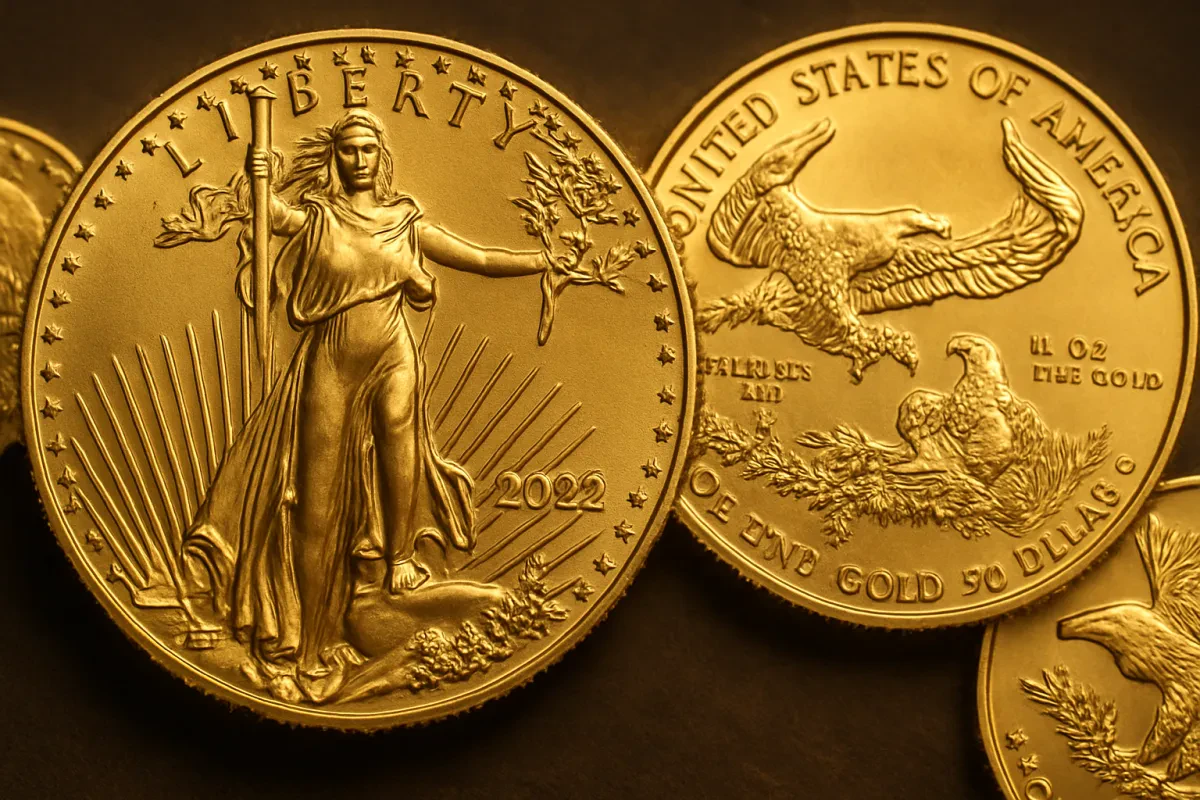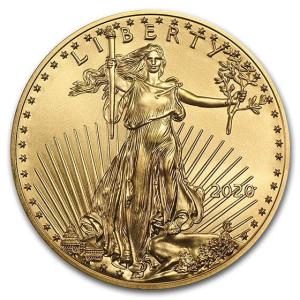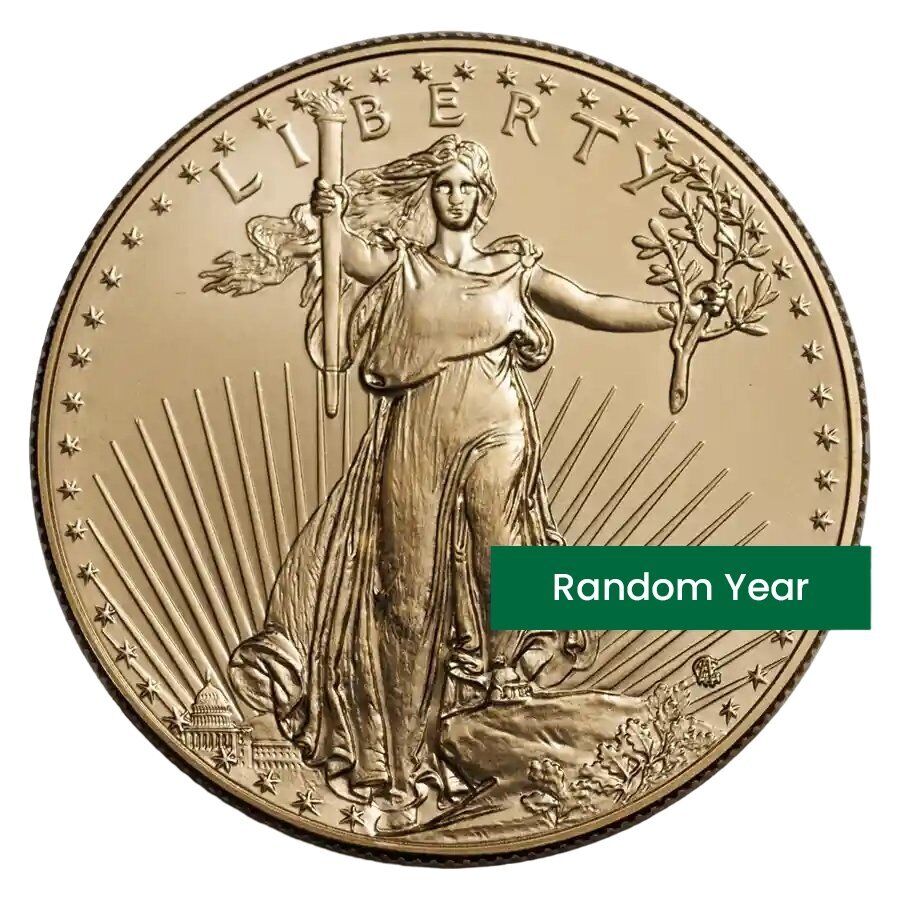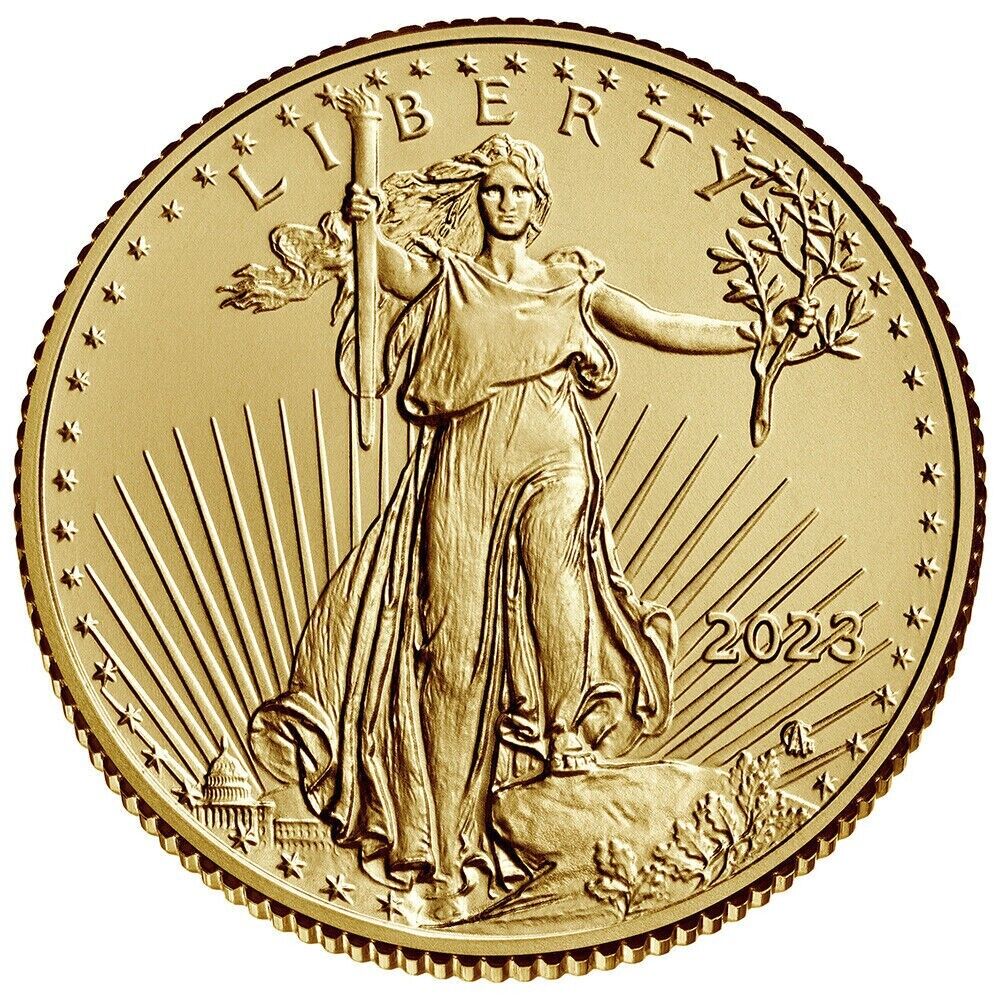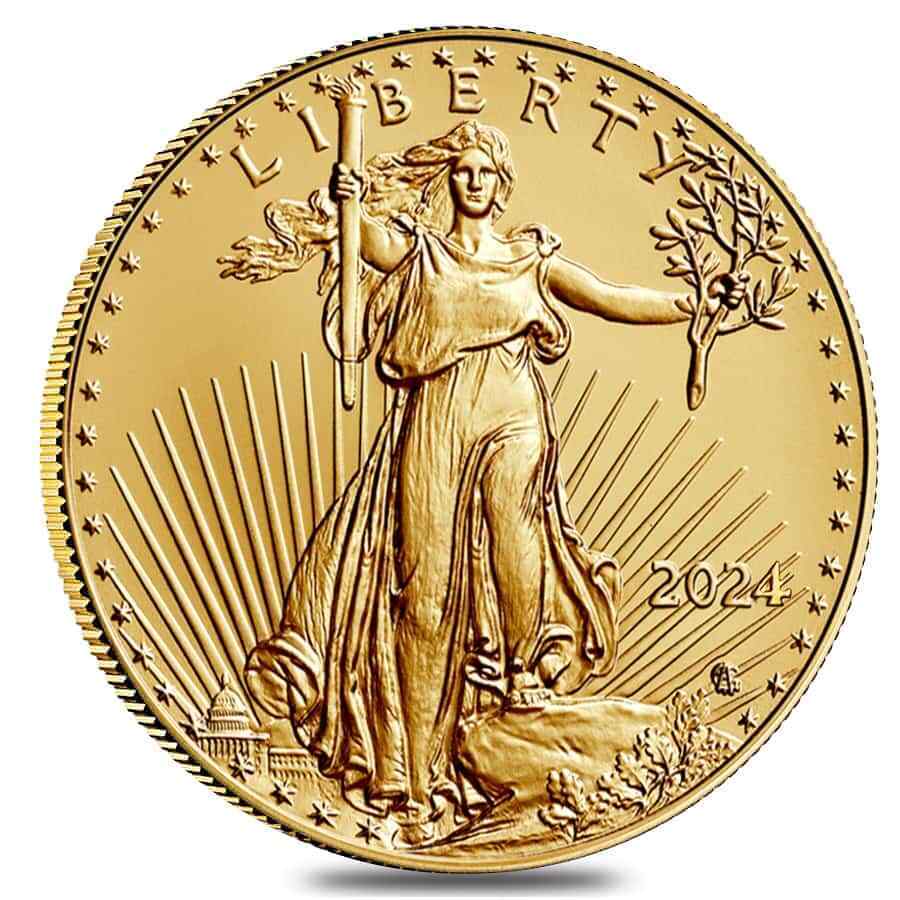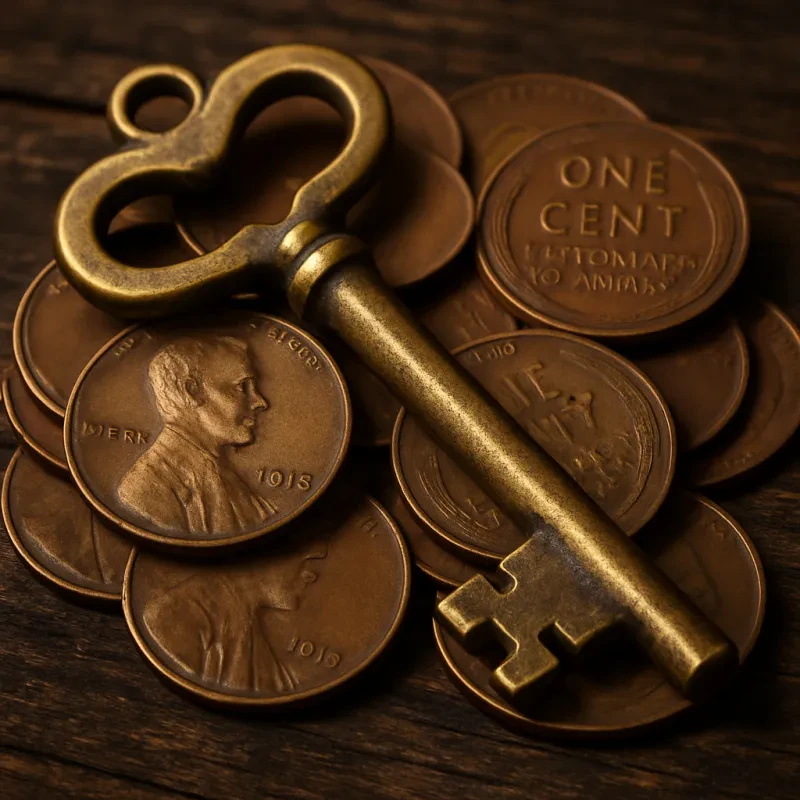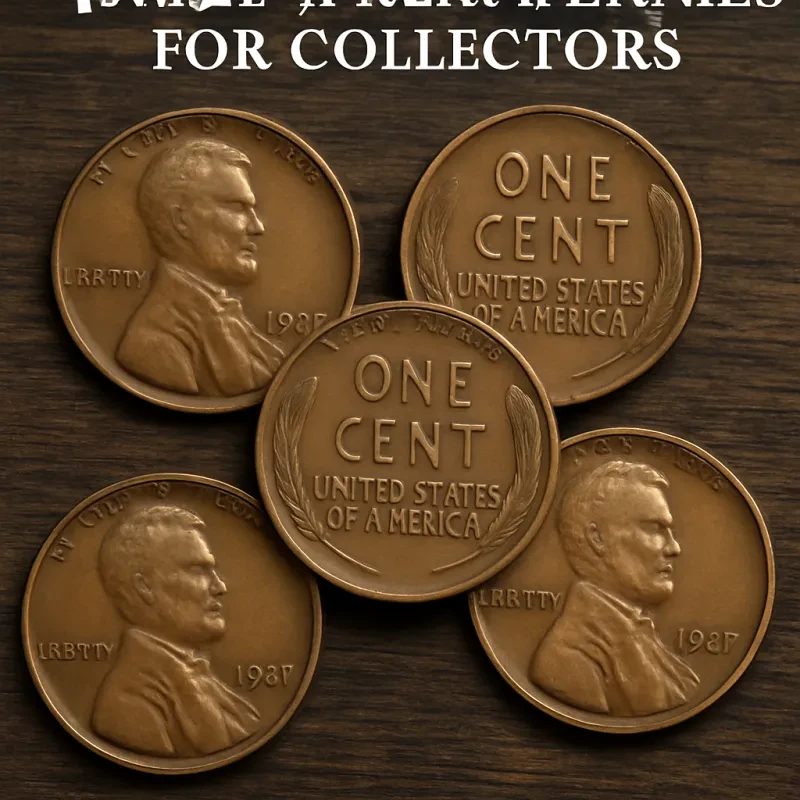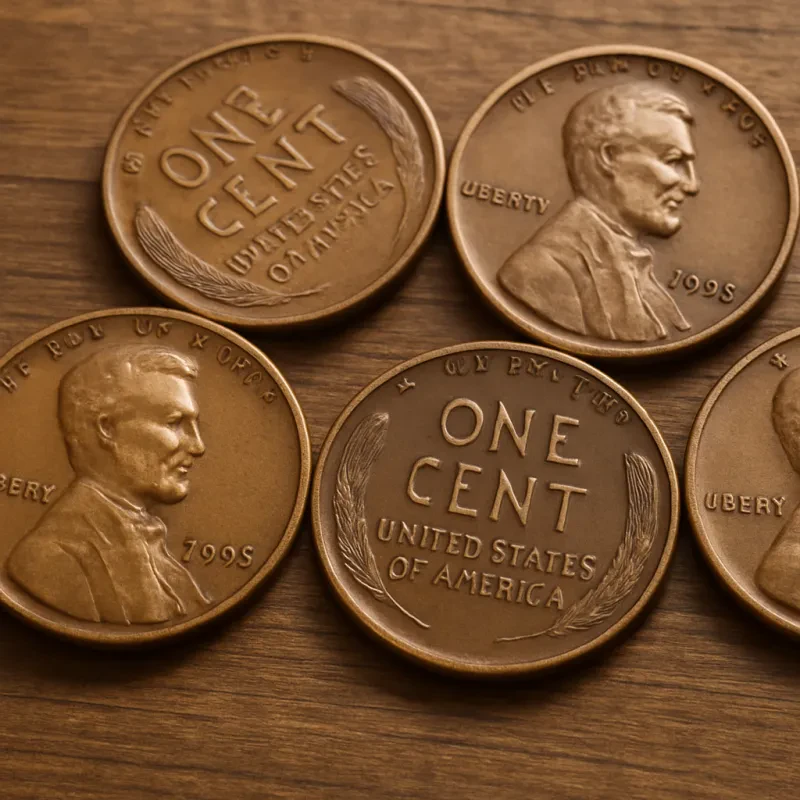The American Eagle Gold Coin stands as one of the most iconic and trusted bullion coins in the world. Backed by the United States government and prized for its beauty, purity, and liquidity, the American Gold Eagle is a staple for both seasoned coin collectors and long-term investors.
In this comprehensive guide, we’ll explore the history, design, types, investment potential, and why these coins continue to dominate the U.S. gold bullion market.
What Are American Eagle Gold Coins?
The American Gold Eagle is the official gold bullion coin of the United States, first authorized under the Gold Bullion Coin Act of 1985 and released by the U.S. Mint in 1986. These coins are minted in four weights:
-
1 oz
-
1/2 oz
-
1/4 oz
-
1/10 oz
Each denomination contains the stated amount of pure gold, alloyed with small amounts of silver and copper for increased durability, resulting in a 22-karat (91.67%) purity.
Historical Background of the American Gold Eagle
Gold coins have a long tradition in American history, but the American Eagle Gold Coin represents a revival of that tradition in the modern bullion era. After the U.S. abandoned the gold standard in 1971, gold coinage for public investment disappeared until the 1980s.
In response to growing demand for gold bullion investments, Congress passed legislation in 1985 to authorize production of a new line of gold coins. The American Gold Eagle debuted the following year and quickly became a leading choice among investors worldwide.
Obverse and Reverse Designs
Obverse: A Tribute to Liberty
The obverse of the Gold Eagle features Augustus Saint-Gaudens' legendary design of Lady Liberty, which originally appeared on the $20 Saint-Gaudens Double Eagle minted from 1907 to 1933. Liberty is shown holding a torch and olive branch with the U.S. Capitol in the background — a timeless symbol of freedom and strength.
Reverse: American Iconography
From 1986 to 2021, the reverse showcased a male bald eagle carrying an olive branch flying above a nest containing a female eagle and hatchlings, designed by Miley Busiek.
In mid-2021, a new reverse was introduced featuring a close-up, detailed profile of a bald eagle, designed by Jennie Norris. This design update enhances modern aesthetics while maintaining the traditional theme of American strength and resilience.
Types of American Gold Eagles
American Gold Eagles are produced in three versions:
1. Bullion Coins
These are primarily for investors. They do not have mint marks and are sold based on the spot price of gold plus a small premium. Bullion coins are widely available through precious metal dealers.
2. Proof Coins
Intended for collectors, proof Gold Eagles are struck multiple times for exceptional detail and have a mirror-like finish. They feature a “W” mint mark from the West Point Mint and are packaged in elegant presentation cases.
3. Burnished (Uncirculated) Coins
These special uncirculated coins also bear the “W” mint mark but are finished with a unique matte-like appearance. They are targeted at collectors who desire a coin between standard bullion and high-end proofs.
Denominations and Specifications
| Weight | Face Value | Actual Gold Weight | Diameter | Thickness |
|---|---|---|---|---|
| 1 oz | $50 | 1.000 troy oz | 32.7 mm | 2.87 mm |
| 1/2 oz | $25 | 0.500 troy oz | 27 mm | 2.24 mm |
| 1/4 oz | $10 | 0.250 troy oz | 22 mm | 1.83 mm |
| 1/10 oz | $5 | 0.100 troy oz | 16.5 mm | 1.26 mm |
Though the coins have legal tender face values, their intrinsic gold content makes them worth far more in the bullion market.
Why Invest in American Gold Eagles?
1. Government Guarantee
Each American Gold Eagle is guaranteed by the U.S. government for weight, content, and purity. This gives buyers added confidence and enhances resale value.
2. Global Liquidity
Gold Eagles are one of the most recognized gold coins worldwide, ensuring ease of trade and conversion into cash almost anywhere.
3. IRA Eligibility
Many investors purchase Gold Eagles to diversify retirement holdings. These coins are eligible for inclusion in Self-Directed IRAs, allowing for tax-advantaged gold ownership.
4. Portfolio Hedge
Gold serves as a hedge against inflation, currency devaluation, and geopolitical uncertainty. American Eagles provide a trusted and convenient way to hold physical gold.
Collecting American Gold Eagles
Key Dates and Limited Editions
While most bullion coins are valued by their gold content, certain key dates and low mintage years can carry premiums for collectors. For example:
-
1991 1/2 oz Proof
-
2006 20th Anniversary Set
-
2021 Type 1 and Type 2 transition year
Proof and Burnished Eagles often have smaller mintages, making them highly collectible.
Buying and Selling Tips
Where to Buy
You can purchase American Gold Eagles from:
-
Authorized U.S. Mint dealers
-
Online bullion retailers (e.g., APMEX, JM Bullion, SD Bullion)
-
Local coin shops
-
Coin shows and auctions
Always verify the reputation and pricing transparency of a dealer before making a purchase.
What to Watch For
-
Verify authenticity (consider third-party grading from NGC or PCGS)
-
Watch gold spot prices
-
Understand premiums over spot
-
Store securely (safe deposit box, home safe, or insured vault service)
Are American Gold Eagles a Good Investment?
Absolutely. For both beginners and seasoned investors, American Gold Eagles offer:
-
High liquidity
-
Legal security
-
Intrinsic value
-
Generational wealth preservation
In uncertain economic times, physical gold like the American Gold Eagle often performs as a safe haven asset and stabilizer in a diversified portfolio.
Final Thoughts: American Gold Eagles Stand the Test of Time
Whether you're seeking long-term wealth preservation, protection against inflation, or simply the joy of holding beautifully crafted U.S. coinage, the American Gold Eagle checks every box.
With their enduring design, government backing, and market trust, these coins remain the gold standard for both collectors and investors alike.
